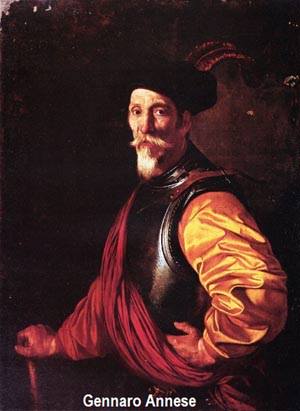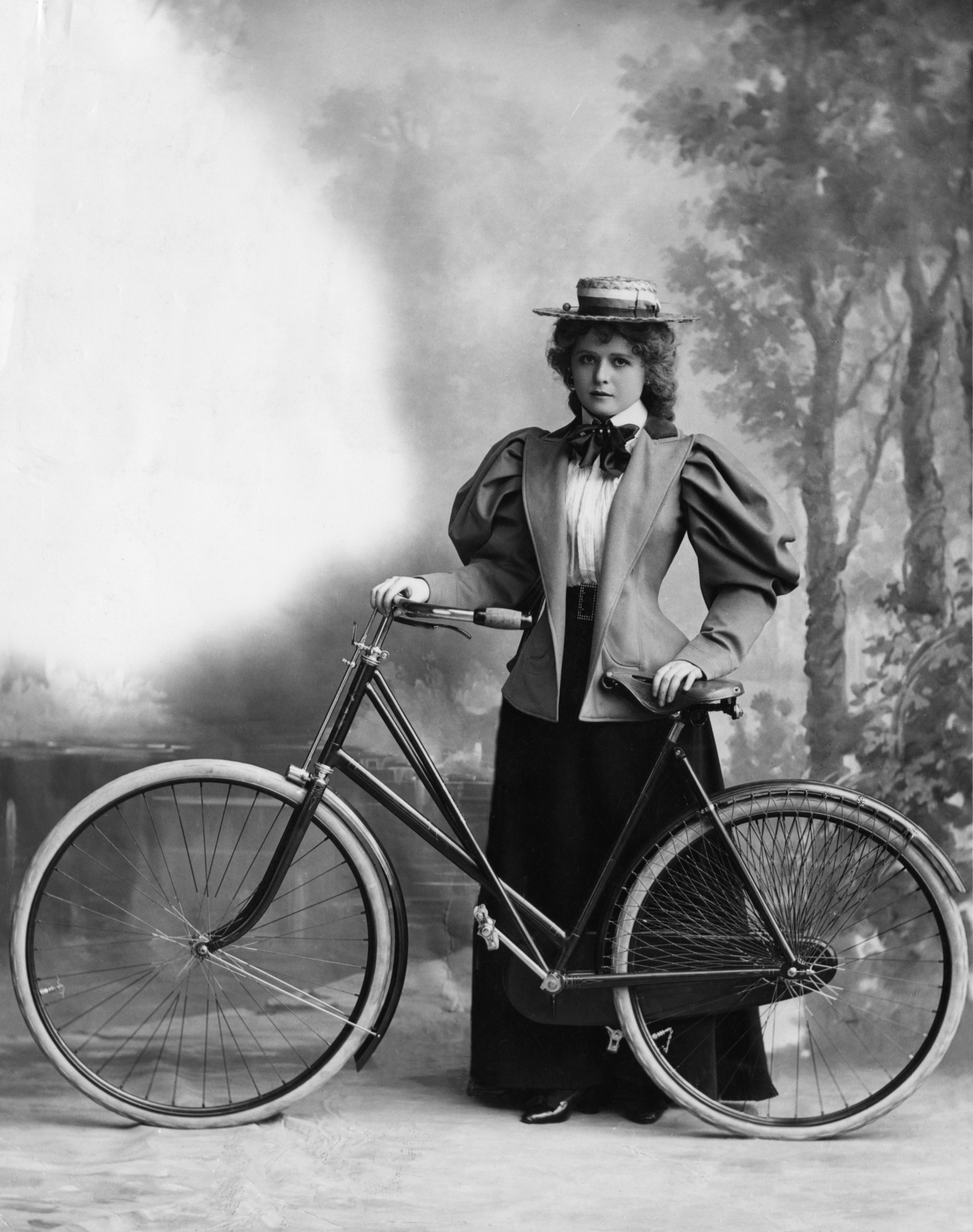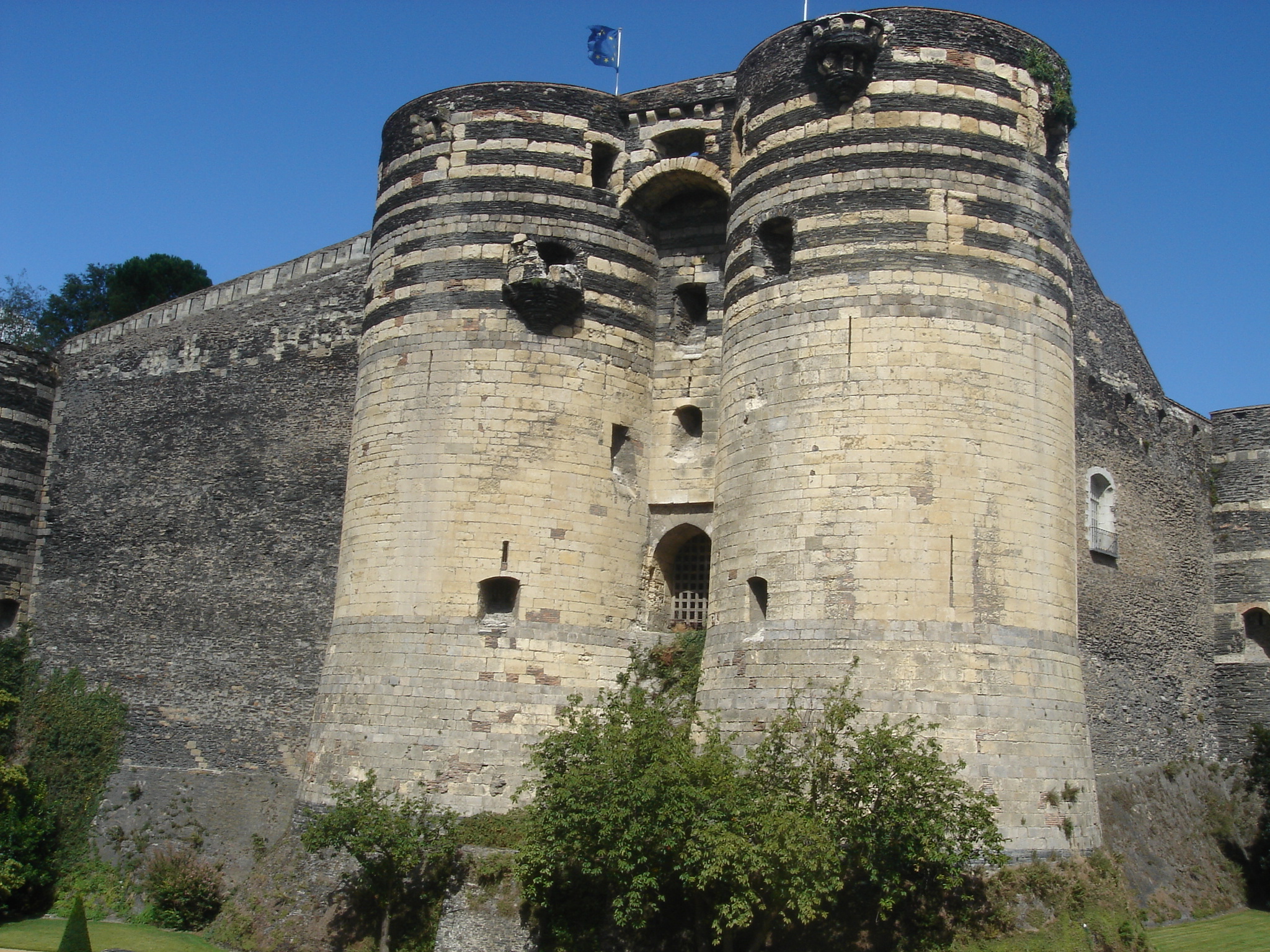|
Gennaro Annese
Gennaro Annese (1604 – June 20, 1648) was an Italian revolutionary, who led the rebels in Naples against Spain in 1647–48. Annese was an arquebus maker who lived near the Porta of the Carmine. He succeeded Masaniello during the Neapolitan Revolt of 1647. The following year, in April, the Spanish troops entered Naples and Annese surrendered after having been besieged in the Carmine Castle. In June, Annese was arrested and jailed in the Castel Nuovo; after a short process, he was sentenced to death and executed in the same castle. Biography Gennaro Annese figured at first as one of the subordinate agents of Masaniello in the eventful insurrection of Naples in July, 1647. After the death of Masaniello, Annese was nominated captain of the quarter of Lavinaro, the most turbulent in the city, and led his men to attack the hill of Pizzofalcone, a highly strategic location badly defended by a few Spanish soldiers. On August 21, the revolutionary forces attacked the Spanish ... [...More Info...] [...Related Items...] OR: [Wikipedia] [Google] [Baidu] |
Annese
Annese is a surname. Notable people with the surname include: *Gennaro Annese (1604–1648), Italian Revolutionary *Maurie Annese (born 1971), Australian actor and producer *Vincenzo Alberto Annese Vincenzo Alberto Annese (born 22 September 1984 ) is an Italian professional football manager and former player who is the current head coach of Indian Super League club NorthEast United. Started his coaching careers Italy, Annese managed teams ... (born 1984), Italian footballer and manager {{surname English-language surnames ... [...More Info...] [...Related Items...] OR: [Wikipedia] [Google] [Baidu] |
Henry II, Duke Of Guise
Henry II de Lorraine, 5th Duke of Guise (4 April 1614, in Paris – 2 June 1664, in Paris) was a French aristocrat and archbishop, the second son of Charles, Duke of Guise and Henriette Catherine de Joyeuse. Life At the age of fifteen, he became archbishop of Rheims. According to Gédéon Tallemant des Réaux, he had a well known affair with the actress Marguerite Béguin during this time period.Scott, Virginia (2010). Women on the stage in early modern France : 1540-1750''. Cambridge: Cambridge University Press. . The death of his eldest brother Francis in 1639 placed him in the dukedom the following year. He opposed Richelieu, and conspired with the count of Soissons, fighting in the Battle of La Marfée in 1641. For this, he was condemned to death, but fled to Brussels in 1641. His property was seized by the king in 1641, for crime of lèse-majesté. Reprieved, he returned in 1643 and his confiscated property was returned to him. Hoping to make good his family's ancient pr ... [...More Info...] [...Related Items...] OR: [Wikipedia] [Google] [Baidu] |
Breeches
Breeches ( ) are an article of clothing covering the body from the waist down, with separate coverings for each human leg, leg, usually stopping just below the knee, though in some cases reaching to the ankles. Formerly a standard item of Western world, Western men's clothing, they had fallen out of use by the mid-19th century in favour of trousers. Modern athletic garments used for English riding and fencing, although called ''breeches'' or ''britches'', differ from breeches. Etymology ''Breeches'' is a double plural known since c. 1205, from Old English , the plural of "garment for the legs and trunk", from the Indo-European root *bhrg- "break", here apparently used in the sense "divide", "separate", as in Scottish Gaelic briogais ("trousers"), in Breton bragoù ("pants"), in Irish bríste ("trousers") and brycan/brogau in Welsh. Cognate with the Proto-Germanic language, Proto-Germanic word ''*brōk-'', plural ''*brōkiz'', itself most likely from the Proto-Indo-European roo ... [...More Info...] [...Related Items...] OR: [Wikipedia] [Google] [Baidu] |
Velvet
Weave details visible on a purple-colored velvet fabric Velvet is a type of woven tufted fabric in which the cut threads are evenly distributed, with a short pile, giving it a distinctive soft feel. By extension, the word ''velvety'' means "smooth like velvet". In the past, velvet was typically made from silk. Today, velvet can be made from linen, cotton, wool and synthetic fibers. Construction and composition left, Illustration depicting the manufacture of velvet fabric Velvet is woven on a special loom that weaves two thicknesses of the material at the same time. The two pieces are then cut apart to create the pile effect, and the two lengths of fabric are wound on separate take-up rolls. This complicated process meant that velvet was expensive to make before industrial power looms became available, and well-made velvet remains a fairly costly fabric. Velvet is difficult to clean because of its pile, but modern dry cleaning methods make cleaning more feasible. Velvet ... [...More Info...] [...Related Items...] OR: [Wikipedia] [Google] [Baidu] |
Sleeve
A sleeve ( ang, slīef, a word allied to ''slip'', cf. Dutch ) is the part of a garment that covers the arm, or through which the arm passes or slips. The sleeve is a characteristic of fashion seen in almost every country and time period, across a myriad of styles of dress. Styles vary from close-fitting to the arm, to relatively unfitted and wide sleeves, some with extremely wide cuffs. Long, hanging sleeves have been used variously as a type of pocket, from which the phrase "to have up one's sleeve" (to have something concealed ready to produce) comes. There are many other proverbial and metaphorical expressions associated with the sleeve, such as "to wear one's heart upon one's sleeve", and "to laugh in one's sleeve". Early Western medieval sleeves were cut straight, and underarm triangle-shaped gussets were used to provide ease of movement. In the 14th century, the rounded sleeve cap was invented, allowing a more fitted sleeve to be inserted, with ease around the sleeve he ... [...More Info...] [...Related Items...] OR: [Wikipedia] [Google] [Baidu] |
Buff Coat
The European buff coat is an item of leather clothing that was primarily worn by cavalry and officers during the 17th century, but also worn by a small number of infantry. It was often worn under iron or steel armour for the torso ( back and breast plate). The buff coat was derived from the simple leather jerkins employed by huntsmen and soldiers during the Tudor period, these in turn deriving from the arming doublet. The name of the jacket, as well as its characteristic tan or ''buff'' colour, derives from the buffalo or ox hide from which it was commonly made. Production, appearance and variation The buff coat was worn as European military attire from around 1600 through to the 1680s. The origin of the term 'buff' in relation to the coat refers to leather obtained from the "European buffalo" (available sources do not specify what species this term means, but it most probably refers to the Wisent), which also gave rise to the term ''buff'' for its light tan colour. The only sou ... [...More Info...] [...Related Items...] OR: [Wikipedia] [Google] [Baidu] |
Beard
A beard is the hair that grows on the jaw, chin, upper lip, lower lip, cheeks, and neck of humans and some non-human animals. In humans, usually pubescent or adult males are able to grow beards. Throughout the course of history, societal attitudes toward male beards have varied widely depending on factors such as prevailing cultural-religious traditions and the current era's fashion trends. Some religions (such as some sects of Islam, and Sikhism) have considered a full beard to be essential and mandate it as part of their observance. Other cultures, even while not officially mandating it, view a beard as central to a man's virility, exemplifying such virtues as wisdom, strength, sexual prowess and high social status. In cultures where facial hair is uncommon (or currently out of fashion), beards may be associated with poor hygiene or an unconventional demeanor. In countries with colder climates, beards help protect the wearer's face from the elements. Beards also provide sun ... [...More Info...] [...Related Items...] OR: [Wikipedia] [Google] [Baidu] |
Tiber
The Tiber ( ; it, Tevere ; la, Tiberis) is the third-longest river in Italy and the longest in Central Italy, rising in the Apennine Mountains in Emilia-Romagna and flowing through Tuscany, Umbria, and Lazio, where it is joined by the River Aniene, to the Tyrrhenian Sea, between Ostia and Fiumicino. It drains a basin estimated at . The river has achieved lasting fame as the main watercourse of the city of Rome, which was founded on its eastern banks. The river rises at Mount Fumaiolo in central Italy and flows in a generally southerly direction past Perugia and Rome to meet the sea at Ostia. Known in ancient times (in Latin) as ''flavus'' ("the blond"), in reference to the yellowish colour of its water, the Tiber has advanced significantly at its mouth, by about , since Roman times, leaving the ancient port of Ostia Antica inland."Tiber River". ''Encyclopædia Britannica''. 2006 However, it does not form a proportional delta, owing to a strong north-flowing sea current ... [...More Info...] [...Related Items...] OR: [Wikipedia] [Google] [Baidu] |
Felucca
A felucca ( ar, فلوكة, falawaka, possibly originally from Greek , ) is a traditional wooden sailing boat used in the eastern Mediterranean—including around Malta and Tunisia—in Egypt and Sudan (particularly along the Nile and in protected waters of the Red Sea), and also in Iraq. Its rig consists of one or two lateen sails. They are usually able to board ten passengers and the crew consists of two or three people. Egypt Despite the availability of motorboats and ferries, feluccas are still in active use as a means of transport in Nile-adjacent cities like Aswan or Luxor. They are especially popular among tourists who can enjoy a quieter and calmer mood than motorboats have to offer. Feluccas were photographed by writer Göran Schildt's travels on the Nile in 1954-55 as part of his Mediterranean sea travels. Schildt documented them as being called "Ajasor". San Francisco A large fleet of lateen-rigged feluccas thronged San Francisco's docks before and after the c ... [...More Info...] [...Related Items...] OR: [Wikipedia] [Google] [Baidu] |
Cardinal Mazarin
Cardinal Jules Mazarin (, also , , ; 14 July 1602 – 9 March 1661), born Giulio Raimondo Mazzarino () or Mazarini, was an Italian cardinal, diplomat and politician who served as the chief minister to the Kings of France Louis XIII and Louis XIV from 1642 to his death. In 1654, he acquired the title Duke of Mayenne and in 1659 that of 1st Duke of Rethel and Nevers. After serving as a papal diplomat for Pope Urban VIII, Mazarin offered his diplomatic services to Cardinal Richelieu and moved to Paris in 1640. After the death of Richelieu in 1642, Mazarin took his place as first minister and then of Louis XIII in 1643. Mazarin acted as the head of the government for Anne of Austria, the regent for the young Louis XIV. Mazarin was also made responsible for the king's education until he came of age. The first years of Mazarin in office were marked by military victories in the Thirty Years' War, which he used to make France the main European power and establish the Peace of West ... [...More Info...] [...Related Items...] OR: [Wikipedia] [Google] [Baidu] |
Angevin Empire
The Angevin Empire (; french: Empire Plantagenêt) describes the possessions of the House of Plantagenet during the 12th and 13th centuries, when they ruled over an area covering roughly half of France, all of England, and parts of Ireland and Wales, and had further influence over much of the remaining British Isles. It may be described as an early example of a composite monarchy. The empire was established by Henry II of England, who succeeded his father Geoffrey Plantagenet as Duke of Normandy and Count of Anjou (from which the Angevins derive their name). Henry married Eleanor of Aquitaine in 1152, becoming her royal consort, and inherited his mother Empress Matilda's claim to the English throne, succeeding his rival Stephen, in 1154. Although their title of highest rank came from the Kingdom of England, the Plantagenets held court primarily on the continent at Angers in Anjou, and at Chinon in Touraine. The influence and power of the House of Anjou brought them into con ... [...More Info...] [...Related Items...] OR: [Wikipedia] [Google] [Baidu] |
René Of Anjou
René of Anjou ( it, Renato; oc, Rainièr; ca, Renat; 1409–1480) was Duke of Anjou and Count of Provence from 1434 to 1480, who also reigned as King of Naples as René I from 1435 to 1442 (then deposed as the preceding dynasty was restored to power). Having spent his last years in Aix-en-Provence, he is known in France as the Good King René ( oc, Rei Rainièr lo Bòn; french: Le bon roi René). René was a member of the House of Valois-Anjou, a cadet branch of the French royal house, and the great-grandson of John II of France. He was a prince of the blood, and for most of his adult life also the brother-in-law of the reigning king Charles VII of France. Other than the aforementioned titles, he was for several years also Duke of Bar and Duke of Lorraine. Biography René was born on 16 January 1409 in the castle of Angers. He was the second son of Duke Louis II of Anjou, King of Naples, by Yolanda of Aragon. René was the brother of Marie of Anjou, who married the fu ... [...More Info...] [...Related Items...] OR: [Wikipedia] [Google] [Baidu] |





